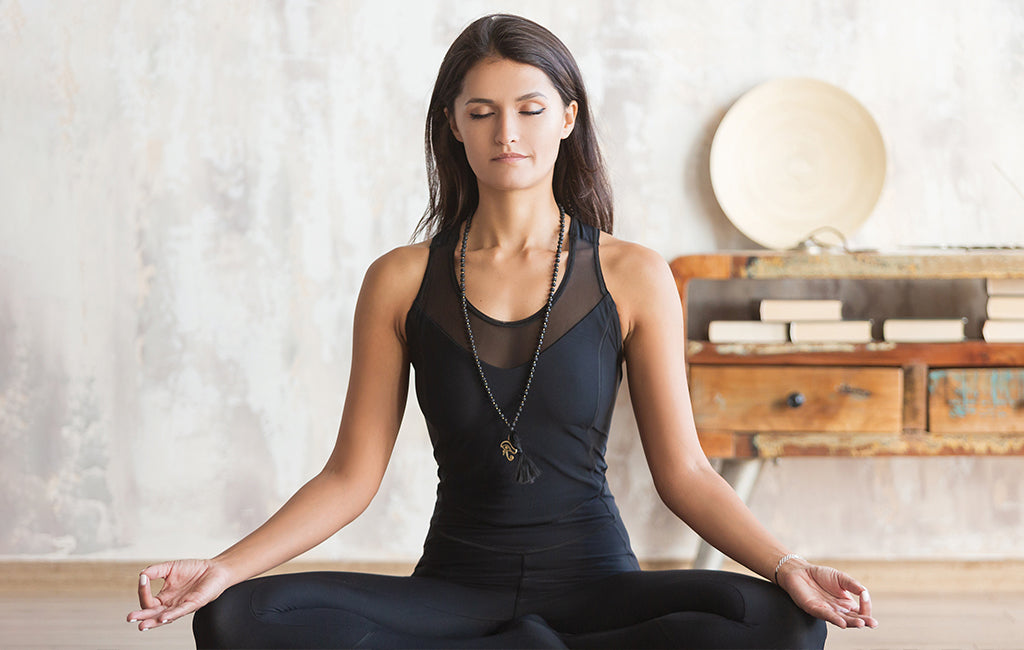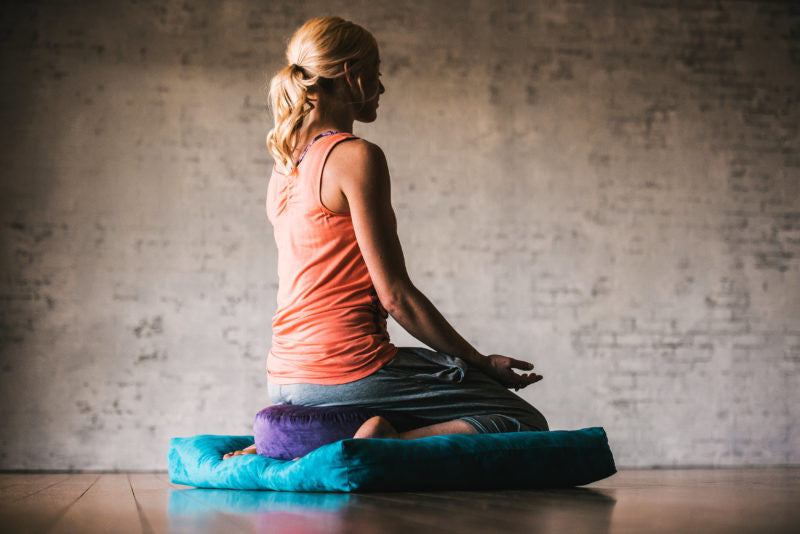How to Meditate? Mastering Mindfulness for Everyday Life
How to Meditate? Mastering Mindfulness for Everyday Life
Blog Article
Begin Your Journey: Simple Steps on Exactly How to Practice Meditation for Newbies
Meditation, commonly perceived as an evasive practice scheduled for the skilled, can actually serve as a foundational tool for anyone seeking quality and tranquility in their everyday life. The journey of reflection holds even more deepness than one may expect, inviting additional exploration right into its transformative facets.
Recognizing Meditation Fundamentals
Reflection acts as a powerful tool for boosting psychological clearness and emotional wellness. At its core, meditation is a practice of concentrated interest and understanding, enabling individuals to grow a much deeper understanding of their emotions and ideas. By taking part in this discipline, practitioners can attain a state of relaxation and mindfulness, which can considerably minimize stress and anxiety and anxiousness degrees.
Understanding the fundamentals of meditation involves acquainting oneself with different methods, such as mindfulness, loving-kindness, and transcendental reflection. How to meditate?. Each approach has its unique method, yet all share an usual goal: to promote a sense of internal tranquility and self-awareness. Novices should begin with easy techniques, such as concentrating on the breath or observing ideas without judgment
Developing a regular reflection routine, even if just for a couple of minutes each day, can yield considerable advantages over time. Inevitably, reflection is not simply a retreat from fact; it is an extensive journey towards higher self-discovery and general psychological health.
Searching For Your Suitable Space
Developing a favorable setting for reflection is essential for maximizing its benefits. Your picked space should promote tranquility, permitting you to focus internal without interruptions. Begin by selecting a location that really feels risk-free and comfy, whether it be a silent edge of your home, a garden, or a local park.
Following, take into consideration the atmosphere. Soft lighting can improve leisure, while natural light can revitalize your spirit. Ensure the area is devoid of clutter, as a neat environment promotes a clear mind. Furthermore, incorporating elements like plants, candles, or relaxing art work can help establish a tranquil ambience.
Noise plays a considerable role in your meditation area. Go for a peaceful location to reduce interruptions, or utilize soft history songs or nature sounds if you locate silence unsettling (How to meditate?). The temperature must additionally be comfy; neither also hot nor also chilly, to avoid diversion during your method
Lastly, personalizing your space with meaningful things-- such as crystals, pictures, or significant quotes-- can create a much deeper link to your method. By thoughtfully curating your atmosphere, you established the phase for a more profound and reliable meditation experience.
Picking a Comfy Position
Finding the appropriate position for meditation is critical to maintaining emphasis and comfort throughout your practice. The perfect position allows for both physical security and psychological performance, making it much easier to focus on your meditation objectives.
If this setting is awkward, take into consideration making use of a pillow to boost your hips, which can ease stress on your knees and back. A chair can give the needed assistance, permitting your feet to relax level on the ground, ensuring stability and convenience.
You may also select to lie down if sitting is not appropriate for you, but beware, as this can result in drowsiness. Whatever placement you pick, ensure that your body is loosened up yet review sharp. Maintain your shoulders back and your hands resting conveniently on your lap or knees. Eventually, the ideal position is one that really feels natural to you and permits you to maintain focus, promoting a much deeper link with your meditation technique.
Breathing Strategies to Beginning
Starting your reflection technique with effective breathing methods can dramatically enhance your experience. Breath functions as the foundation of meditation, providing a prime focus that assists anchor your mind and grow mindfulness.
To start, practice diaphragmatic breathing, which involves the diaphragm and advertises deeper breathing. Sit conveniently, with your back straight, and area one hand on your upper body and the various other on your abdominal area. Inhale deeply with your nose for a count of four, making certain that your abdominal area rises while your breast stays fairly still. Hold your breath for a count of 4, then exhale gradually with your mouth for a matter of 6, allowing your abdomen to fall.
An additional helpful method is the 4-7-8 method. Inhale through your nose for a matter of 4, hold your breath for seven counts, and breathe out gradually through your mouth for eight counts. This pattern not just relaxes the mind but additionally minimizes stress and anxiety, making it easier to resolve right into your reflection method.
Trying out these strategies to locate what resonates finest with you, and keep in mind to maintain a kicked back pose and an open mind as you start your trip right into meditation.
Tips for Consistency and Development

Creating an inviting reflection room is also essential. Pick a silent location where you really feel comfy and totally free from disturbances. Having a dedicated spot reinforces your commitment and encourages you to return continually. In addition, think about utilizing led meditations or reflection apps, which can offer structure and range to your sessions. top article
Begin with brief periods, slowly raising the moment as you come to be extra comfy. This incremental technique not only makes meditation less daunting however likewise allows your technique to expand organically. Tracking your progress in a journal can likewise be useful; noting your experiences and sensations after each session can enhance self-awareness and inspiration.
Last but not least, remember that meditation is a personal journey. Be person with yourself and accept the discovering procedure, comprehending that consistency and growth are developed with time.
Conclusion
In final thought, meditation acts as read the article a valuable practice for promoting psychological clarity and psychological wellness. By recognizing the basic ideas of reflection, choosing an ideal area, adopting a comfy stance, and using effective breathing strategies, individuals can start a meeting reflection trip. Consistency and steady development in technique will certainly improve the total experience, fostering a much deeper link to mindfulness. Eventually, these foundational actions can cause substantial individual development and inner peace.
Recognizing the basics of reflection includes familiarizing oneself with various strategies, such as mindfulness, loving-kindness, and transcendental reflection. Eventually, the best setting is one that feels natural to you and enables you to preserve focus, promoting a deeper link with your meditation practice.
Establishing a regular reflection practice can dramatically boost your mindfulness journey and individual development. Additionally, consider utilizing assisted reflections or reflection applications, which can offer structure and selection to your sessions.

Report this page